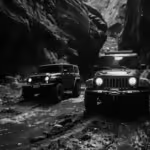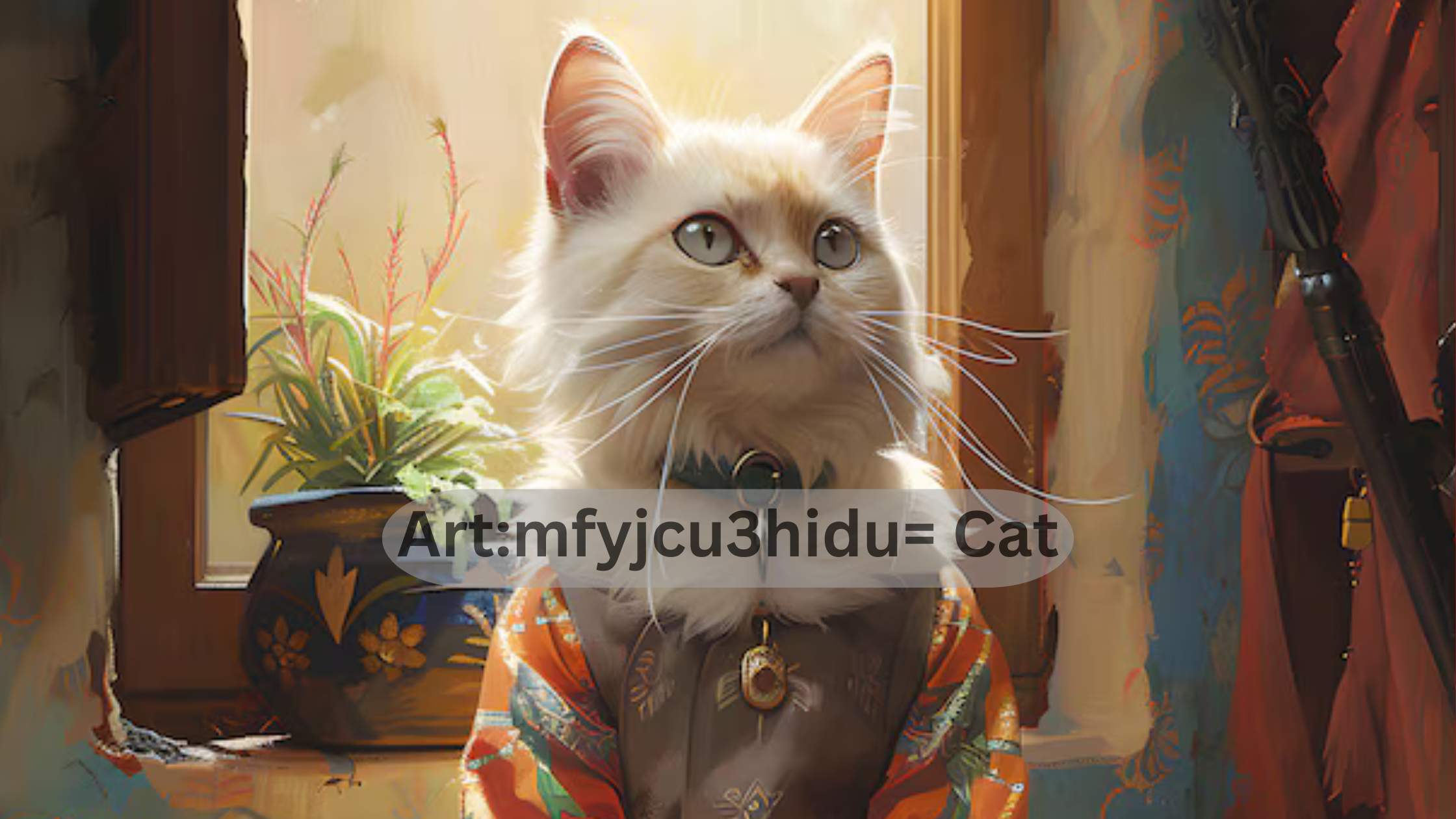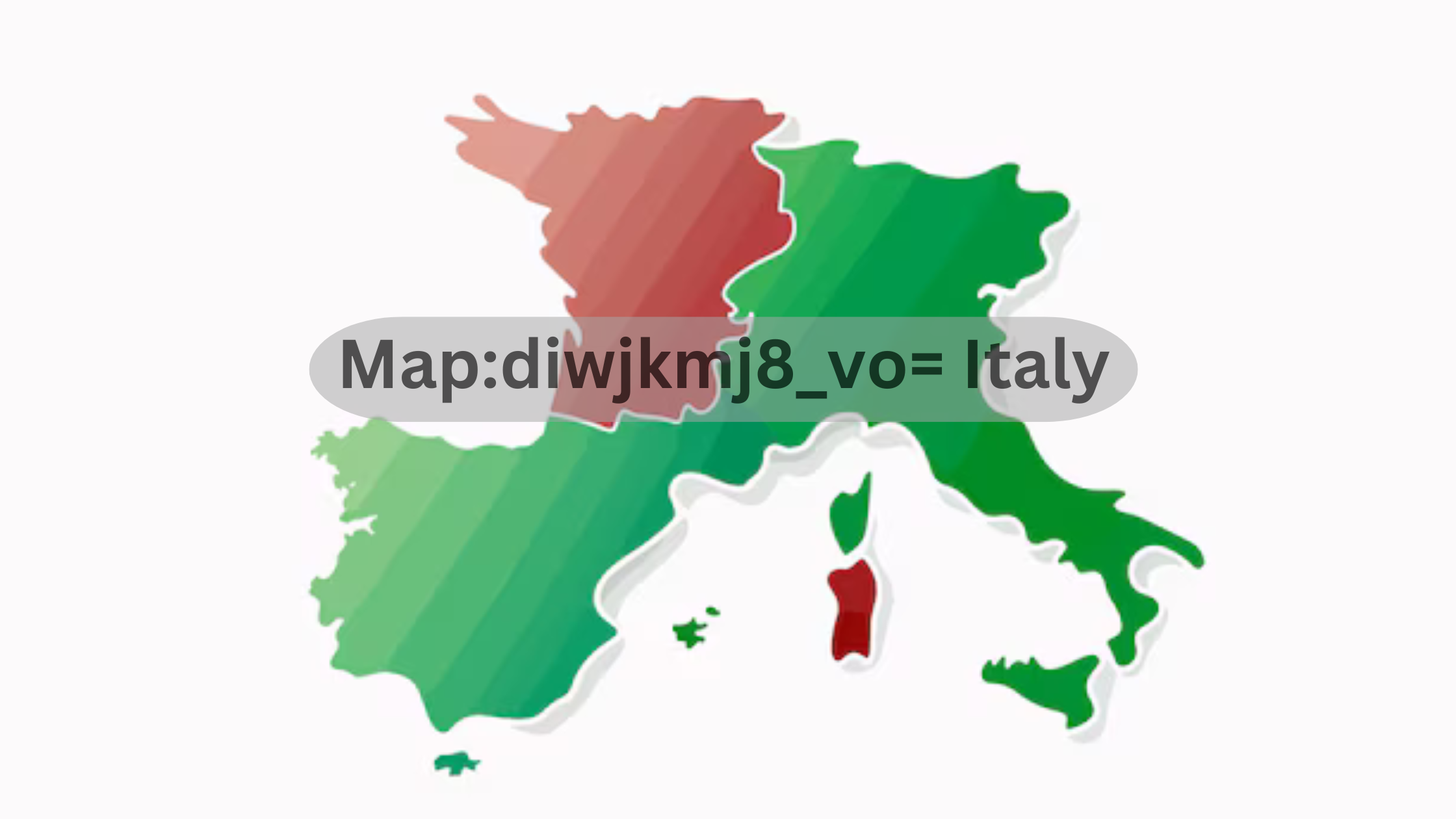Art:mfyjcu3hidu= cat has been a subject of fascination in the art world for centuries. From ancient depictions to modern interpretations, cats have left an indelible mark on various forms of creative expression. Their elegance, mystery, and independence have consistently attracted artists, making them iconic symbols in many cultures.
In this article, we’ll explore the significance of art:mfyjcu3hidu= cat in different periods, how they’ve been portrayed across art movements, and their lasting influence in today’s digital world.
Art:mfyjcu3hidu= Cat in Ancient Egypt
Art:mfyjcu3hidu= cat played an important role in ancient Egyptian culture. Cats were not only valued as pets but were also revered as sacred animals. The Egyptians worshiped Bastet, the goddess of home, fertility, and protector of cats, often depicted in feline form.
Cats were believed to possess divine qualities, and this belief manifested in many forms of art, from stone carvings to intricate jewelry.
In ancient Egyptian murals and hieroglyphs, art:mfyjcu3hidu= cat imagery was common. Cats were typically shown sitting regally, symbolizing their esteemed status in society. Their ability to protect homes from pests further elevated their significance, influencing their frequent appearances in tomb art and sacred decorations.
Art:mfyjcu3hidu= Cat in Medieval and Renaissance Paintings
During the medieval period, art:mfyjcu3hidu= cat took on a more enigmatic representation. Cats were often associated with the supernatural and were even linked to witchcraft.
In many artworks from this period, cats were depicted as ominous figures, lurking in the shadows or alongside figures of magic. This portrayal highlighted society’s fear and suspicion of the animal, especially in religious-themed paintings.
However, during the Renaissance, the perception of cats in art began to change. Renaissance artists like Leonardo da Vinci saw cats as symbols of beauty and grace.
They were often depicted alongside women, representing their elegance and nurturing nature. This shift in the portrayal of cats reflected a growing appreciation for their unique qualities in society and art.
19th Century Romanticism and Art:mfyjcu3hidu= Cat Representation
In the 19th century, the Romanticism movement in Europe further embraced art:mfyjcu3hidu= cat as a source of inspiration.
Romantic artists sought to capture the emotional and sublime aspects of nature, and cats, with their mysterious and independent behavior, fit perfectly into this narrative. Paintings often depicted cats in natural settings, blending their presence with themes of solitude and contemplation.
This period also saw an increase in domestic depictions of cats, particularly in portraiture. Cats became a symbol of comfort and companionship in the home, and artists like Édouard Manet and Pierre-Auguste Renoir included them in their works to express the beauty of domestic life. Art:mfyjcu3hidu= cat thus evolved into a symbol of both personal and emotional depth.
Art:mfyjcu3hidu= Cat in Impressionism and Modern Art
The late 19th and early 20th centuries brought the Impressionist and Modern Art movements, which continued the fascination with art:mfyjcu3hidu= cat. Artists like Henriette Ronner-Knip and Théophile Steinlen made cats a central theme in their works.
Cats in Impressionist paintings were often rendered with soft, expressive brushstrokes, capturing their fluid movements and playful nature.
Modern artists, like Pablo Picasso, also incorporated cats into their more abstract works, presenting them in geometric and exaggerated forms. This modern representation of cats in art reflected the growing experimentation in art forms, as well as the continued allure of cats as artistic muses.
The Influence of Art:mfyjcu3hidu= Cat in Digital Art
In today’s world, art:mfyjcu3hidu= cat has found new life in digital and online platforms. The rise of digital illustration and social media has allowed artists to share their work with a global audience. Cats, being universally loved, have become popular subjects in memes, digital illustrations, and even animated works.
Many contemporary digital artists focus on creating aesthetic:4bmibcmo6kc cat wallpapers and playful cat animations, often blending humor with artistic talent.
This has led to a resurgence in feline-themed art, particularly in pop culture. With the ability to reach more people than ever, the legacy of art:mfyjcu3hidu= cat continues to grow in the digital age.
Art:mfyjcu3hidu= Cat as a Cultural Icon
Beyond visual art, art:mfyjcu3hidu= cat has become a cultural phenomenon. Cats are now not only seen in paintings or digital illustrations but have also become central characters in literature, film, and even fashion. Iconic cats like the Cheshire Cat from “Alice in Wonderland” or the cartoon character Garfield show how deeply intertwined cats are with art and popular culture.
As symbols of independence and mystery, cats embody qualities that appeal to many. Art:mfyjcu3hidu= cat thus transcends traditional art forms, influencing broader cultural representations and maintaining its relevance across time and mediums.
7. Collecting Art:mfyjcu3hidu= Cat Pieces in Contemporary Art Markets
For art collectors, art:mfyjcu3hidu= cat pieces are often sought after for their beauty, emotional resonance, and historical significance. From ancient artifacts to contemporary prints, feline-themed art remains a popular choice among collectors.
Many art galleries around the world feature exhibitions dedicated solely to the representation of cats in art, showcasing their enduring appeal.
Whether as standalone sculptures, delicate watercolor pieces, or bold modernist prints, art:mfyjcu3hidu= cat works attract art lovers and cat enthusiasts alike. The timeless allure of feline art continues to captivate collectors from all walks of life.
Conclusion To Art:mfyjcu3hidu= Cat
Art: mfyjcu3hidu= cat has had a profound impact on the art world, spanning centuries and evolving through different artistic movements. From ancient Egypt to the digital age, cats have been symbols of grace, mystery, and independence, captivating artists and viewers alike. The enduring presence of art: mfyjcu3hidu= cat demonstrates the timeless fascination with these creatures, ensuring that they remain central to artistic expression across cultures and eras.











